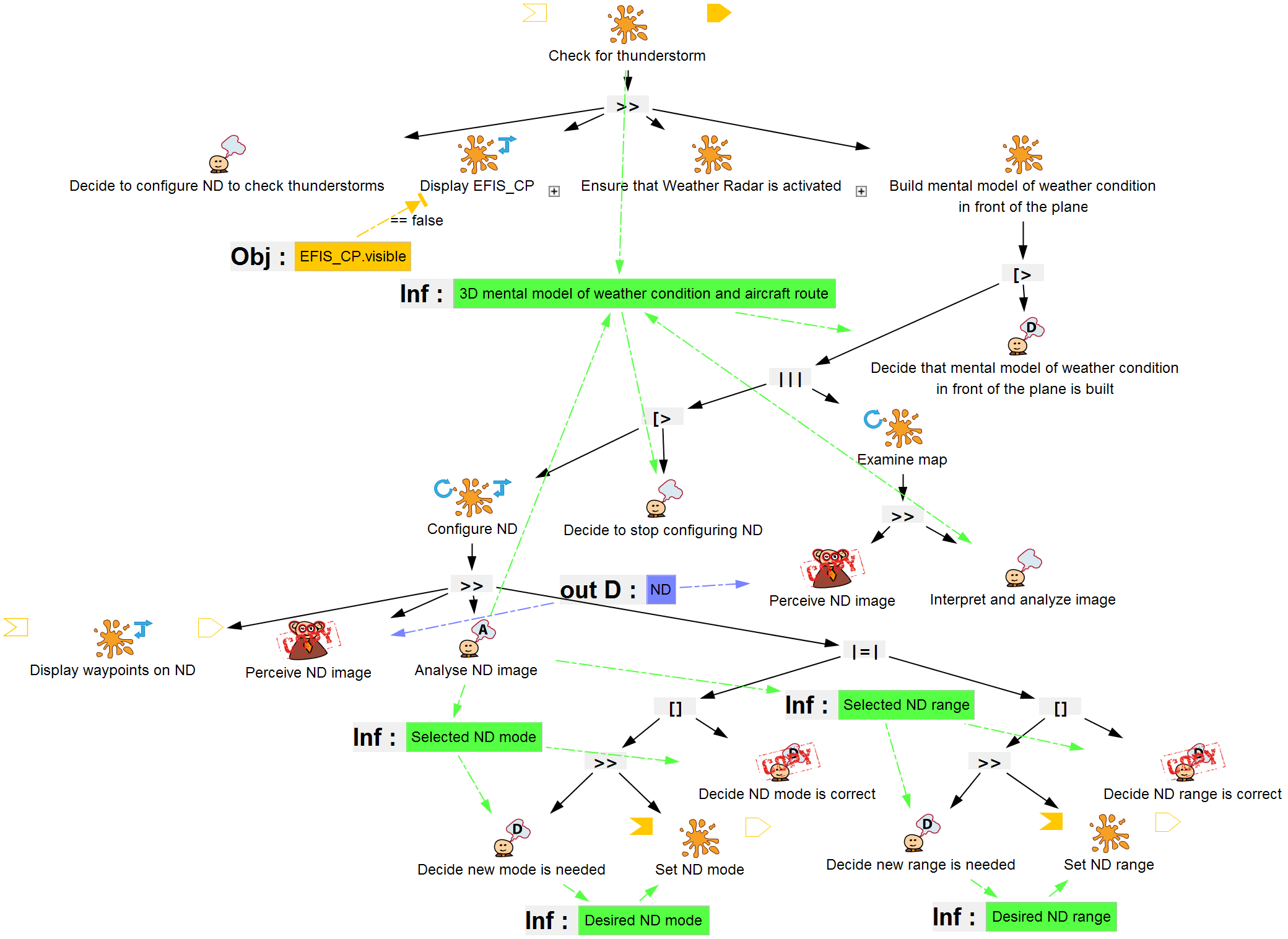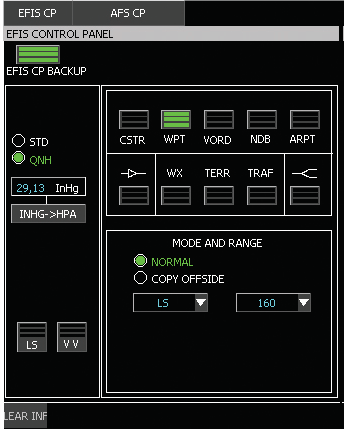Exploiting Tasks Descriptions to Assess and Ensure Effectiveness during the programming of interactive Java software
The Problem Addressed
Ensuring the effectiveness factor of usability consists in ensuring that the application allows users to reach their goals and perform their tasks. This means that all the functionalities are implemented and that they are accessible when needed. The only mean for ensuring that this need is met requires an explicit description of users’ goals and tasks. How to understand these goals and tasks and how to demonstrate that an interactive application supports them all is the main objective of this tutorial.
Overview of the Tutorial
On the completion of the tutorial, attendees will be:
- - Able to understand and navigate through HAMSTERS task models
- - Able to annotate parts of Java code to tag them as related to interactive user tasks
- - Able to identify and set correspondences between interactive tasks (in task models) and lines of code (of the interactive software)
- - Able to assess compatibility between a task model and an interactive application (via co-execution of interactive Java applications and HAMSTERS task models)
- - Able to ensure (via modification of either task models or software code) compatibility between a task model and an interactive application
- - Able to setup and develop a Java-HAMSTERS project using the TOUCAN environment. This point is critical as tutorial attendees will then be able to use content learnt in the tutorial for other interactive software (than the ones used in the tutorial)
- - Able to use HAMSTERS tool to modify users’ goals and tasks
Description and Content
Following the presentation of a set of small examples (of increasing level of complexity), the tutorial will provide an interactive hands-on exercise extracted from an industrial case study (Flight Control Unit in an aircraft cockpit, see Fig. 1 a) that will be used as a support for presenting and explaining:
- - How the effectiveness factor of usability can be checked using task models and interactive software application
- - How a description of user interactive task in a task model may be connected to lines of codes in an interactive software application
- - How an Integrated Development environment may support the co-development of an interactive application and its associated task models
Fig. 1 presents and excerpt of the pilot tasks (described with HAMSTERS). Fig. 2 depicts a screenshot of the corresponding interactive application.


Audience and prerequisites
This tutorial is open to researchers, practitioners, educators and students with an experience in software programming (Object Oriented and Java preferably). An experience in task analysis and task modeling is preferable but not mandatory.
Resources Provided to Attendees
The TOUCAN IDE (Integrated Development Environment) enables developers and HCI specialists to edit correspondences between interactive user tasks and event sources and renderers in software applications. This support is achieved through the automatic extraction of interactive input and output tasks in the HAMSTERS task models and the automatic extraction of event sources and renderers from annotated applications using Java technology. TOUCAN editor also presents a view of the correspondence coverage, thus allowing developers to check the completeness of the defined correspondences. Once the correspondence between interactive tasks and event sources and renderers is completed, the TOUCAN tool provides three different means for the co-execution of the interactive application and its associated task models: task model driven co-execution, system driven co-execution and scenario driven co-execution.

Each attendee of the course will receive a USB key containing and/or link to download:
- - HAMSTERS task modelling tool
- - TOUCAN IDE
- - A set of prepared examples (sample TOUCAN projects) that will be carefully prepared for attendees to start with
- - The course notes (slides and a 30-page textual documentation on how to use HAMSTERS tool)
- - A video demonstrating the use of the TOUCAN and the use of the HAMSTERS tool
Organizers
Célia Martinie
is Assistant Professor in Computer Science at University of Toulouse 3. She has been working on task modeling techniques for the design and development of interactive systems since the beginning of her PhD in 2009. Prior to that, she worked in the mobile industry (Motorola) during 8 years, and has contributed to the design and development of user interfaces for mobile devices. She is the principal investigator of the projects related to the design and development of the HAMSTERS notation and tools. She applied the task modeling approaches to a variety of systems including satellite ground segments, interactive cockpits of large civil aircrafts and air traffic control workstations.
ICS-IRIT, University of Toulouse 3, 31062 Toulouse cedex, France.
Tel.: +33 561 55 6965
Email Célia
Célia's home page
David Navarre
is Lecturer in Computer Science and adjunct director of the Computer Science department at the University Toulouse 1. He has been working since 1998 on notations and tools for the specification, prototyping, validation and implementation of Safety Critical Interactive Systems. He designed and developed the software APIs that enable synergistic mapping and execution of task descriptions with interactive applications. He has been teaching interactive software engineering for 15 years.
ICS-IRIT, University of Toulouse 1, 31062 Toulouse cedex, France
Email David
David's home page
Philippe Palanque
ICS-IRIT, University Toulouse 3, 31062 Toulouse cedex, France.
Email Phil
Phil's home page
